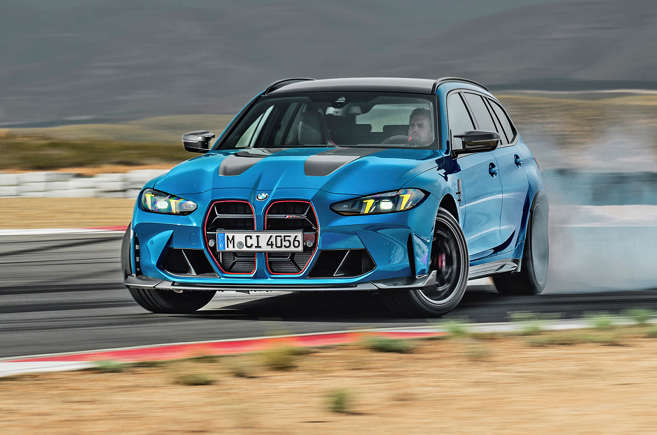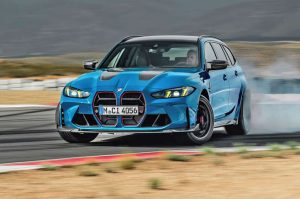Suzuki quit the American market back in 2013, but even when it was present it never sold the Jimny mini-SUV in the US. Americans expect their SUVs to have a certain minimum size, and the diminutive machine may be cute but at 3480mm (137 inches) it’s not entirely practical, nor is it much fun at all on a fast highway.
This is a shame because it’s a charmingly capable mountain goat, capable of springing around harsh environments with alacrity, helped by its low weight of just 1135kg. Sure, it only has a 100bhp engine and is no hotrod, but we’re huge fans of this small four-wheel drive – complete with switchable low range gearbox as standard – that thinks big. And now it even has modern-day equipment like Apple Carplay and Android Auto. It’s a shame that strict emissions rules brought its life to an early end in Europe, in 2020, though it lives on as a commercial vehicle, without rear seats.
With prices starting at the equivalent of US$28,000 (€25,800), we can’t help but think it would find some fans in mountainous parts of America.

